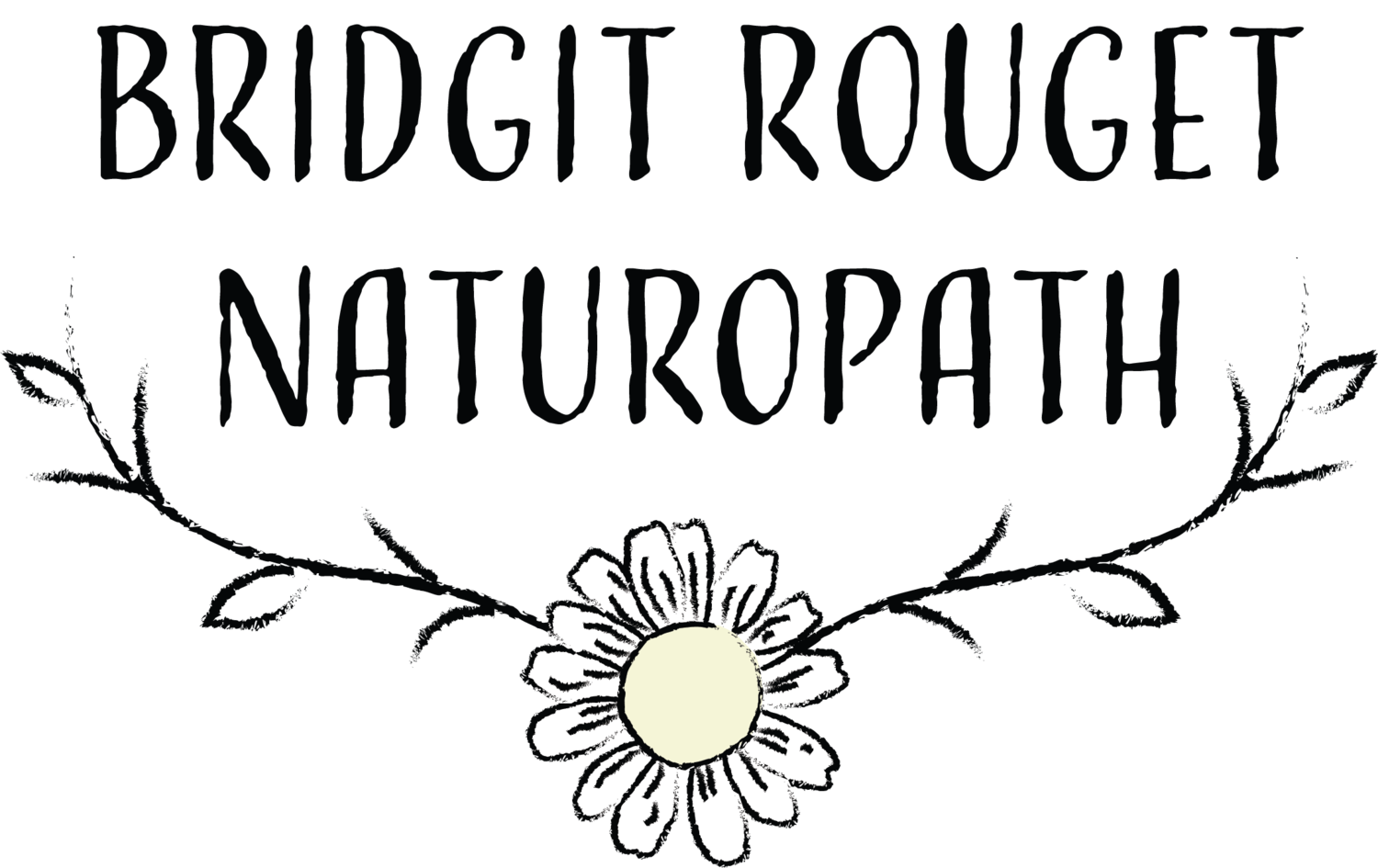Pain management the Naturopathic approach
We will all experience pain at some point in our lives, however conditions that are associated with chronic pain affect day to day functioning and be extremely debilitating. General medical prescriptions can be effective for short term pain relief, but long term use can result in side effects and decreased effectiveness. Combining both conventional medicine plan with natural therapies is an option to have long term management of pain with generally reduced side effects. It is highly suggested that you speak to your primary health care practitioner as well as consult with someone with expertise in natural therapies in order to develop a specialised plan. Here are just some ways that natural therapies may be beneficial for the management of chronic pain.
Types of pain
It is important before any type of treatment to commence, that the type of pain is established. To figure out the type of pain occurring, it is important to investigate the potential cause. This then dictates the type of action needed for the specific pain condition. Generally pain falls into 1 or multiple selections of 4 categories.
1. Inflammatory pain associated with an injury
2. Inflammatory pain as a result of autoimmunity eg. Rheumatoid Arthritis
3. Pain due to muscle tension and/or spasm eg. Dysmenorrhoea, tension headaches
4. Pain due to associated nerve interference eg. Sciatica
Once the type of pain has been established then treatment types can be explored as one type of treatment may be more beneficial for one condition over another.
Diet
Inflammation is generally involved in the presentation of pain. It is therefore important to be conscious of the type of foods being consumed, we particular want to focus on anti-inflammatory foods rather than pro-inflammatory foods. Anti-inflammatory foods are those rich in omega-3 fatty acids, antioxidants and phytochemicals. These include cold-water fish, a variety of spices, fruits and vegetables. Pro-inflammatory foods typically are highly processed, contain preservatives and are rich in omega-6 fatty acids. These include packaged foods, excessive animal products and many oils.
Herbal medicine
Many believe that herbs that we have access to is too gentle for effective pain treatment. However, if used correctly, in the appropriate form and dose, herbal medicine can have a great impact on pain being experienced. For pain we want to either look for herbs that have one of the following actions: anti-inflammatory, anti-spasmodic, anodyne, analgesic, adaptogenic, or nervine. Some herbs that fit this category include: Boswellia serrata (Indian frankincense), Curcuma longa (turmeric), Eschscholzia californica (California poppy), Salix alba (white willow), Corydalis, Piscidia piscipula (Jamaican Dogwood), Hypericum perforatum (St. John’s wort), Viburnum opulus (cramp bark).
Nutritional supplementation
Again, similar to herbal medicine with any nutritional supplementation it is important to get the right form and the right dose to have an effect, unfortunately a multivitamin doesn’t always cut it. It is important that any nutritional deficiencies are corrected first so that the body has all that is required to adequately heal. Other added therapeutic nutritional supplements for pain in particular can include: magnesium, calcium, omega 3 and vitamin D.
This is all just a snapshot into an integrative approach to chronic pain, there are many options that can be beneficial. With naturopathic medicine, it is important that the treatment is tailored to the individual patient and the specific cause or causes of the pain. Unfortunately it is not a one pill cure, but there are other options for this complex condition.

